The best online marketplaces in Germany
Find out how to sell on online marketplaces in Germany and which of the top five platforms is best for your business.

Selling on an online marketplace can be a great tool to boost your e-commerce brand. Online marketplaces attract well over a billion shoppers every month worldwide, and provide another channel to reach new customers.
Today, 44% of online product searches in Europe start on online marketplaces (the number is 52% among Gen Z shoppers). This means consumers are no longer even searching on Google for a product, they are just going directly to Amazon, eBay or the marketplace of their choice.
Choosing the right online marketplace for your brand depends on multiple factors, including:
- Your product offering
- The market you want to sell in
- The pros and cons of each marketplace platform
- How to manage your logistics when selling through a marketplace
In this guide, we break down the top five online selling platforms in Germany. This information
will help you in your search for the marketplaces that fit best with your brand and your customers.
Online marketplaces in Germany: expanding your brand’s reach
Germany is Europe’s most populous country and has a strong e-commerce market. With 96% of the German population actively using the internet, the German e-commerce market is projected to reach €73.6 billion in 2022. In 2021, 66% of Germans between the ages of 16 and 74 said they shopped online.
Online marketplaces are very popular among German shoppers, now accounting for over 50% of all purchases made online in the country. In 2020, 88% of German consumers shopped on Amazon at least once, while 56% bought on eBay and 31% bought on Zalando. This means that selling on marketplaces is a major benefit to retailers wishing to penetrate the vast German market.
The top five e-commerce marketplaces in Germany
1. Amazon.de
Amazon is the world’s largest online marketplace with 1.4 billion visitors per month globally. Setting up an Amazon shop is fairly simple and there are two main options for selling there. These are Fulfilled by Amazon (FBA) and Fulfilled by Merchant (FBM). More information on these here.
Visits per month in Germany: 488 million
Category: general
Fee for retailers: €39 monthly, plus variable commission per sale (usually around 15% on the first €45 of the sale price and 7% commission on any amount above the €45 threshold). Additional fees apply if you use Amazon's e-fulfilment service, FBA.
2. eBay.de
eBay began with auction-style sales but is now also a platform for D2C e-commerce brands thanks to the “buy now” feature. You can sync your eBay account with your Shopify for seamless selling. eBay customers however are also fairly price conscious so make sure to select your SKUs accordingly.
Visits per month in Germany: 193 million
Category: general
Fee for retailers: Starting at €39.95 per month, plus Variable fees, depending on selected services; 4.5% to 12% commission per sale, depending on the product category.
3. Otto.de
To sell on Otto you apply to become a partner and then the brand individually processes each application. Then you are able to upload your SKUs onto the marketplace. However, you are responsible for your own logistics and storing your SKUs.
Visits per month in Germany: 53 million
Category: general
Fee for retailers: €39 monthly, plus 12-15% commission per sale for most categories.
4. Zalando.de
Zalando is a platform for all things fashion and beauty. You can sell on Zalando via their partner program. Similar to Amazon, there are options to provide fulfillment services yourself, or rely on Zalando to pick and pack your products.
Visits per month in Germany: 30 million
Category: Fashion and beauty
Fee for retailers: 5-25% commission per sale, depending on the product.
5. Etsy.de
Etsy is a marketplace mainly focused on handmade arts and crafts with a wide reaching audience. Globally it reaches 59.1 million visitors per month. Setting up a shop is simple and can be done in the Etsy App or on the website.
Visits per month in Germany: 30 million
Category: Arts and crafts
Fee for retailers: 20 cents plus 3.5% commission for each sale.
Advantages of online marketplaces in Germany
- Considering their overwhelming popularity in Germany, online marketplaces are generally a wise platform for ecommerce retailers, despite the fees involved.
- Otto.de is a very popular local brand that caters traditionally to an older and mainly German-speaking audience. Selling on Otto.de may help you reach audiences that prefer to buy from a local brand rather than Amazon or eBay.
Disadvantages of online marketplaces in Germany
- Otto.de is less open to foreign retailers than other popular marketplaces in Germany. You may only sell on Otto.de if you ship from a German warehouse, charge standard German VAT (19%) and offer German-speaking customer service.
- While Amazon is enormously popular in Germany, 44% of Germans say they find its market position to be oversized, and 88% of those people say they buy less often from Amazon for that reason.
- Fiercely loyal to local brands, two-thirds of Germans support a digital tax for online retail giants like Amazon, which may make some online marketplaces less profitable here in the future.
From May 2022, Amazon applies a 4.3% fuel and inflation surcharge if you use Fulfilment by Amazon (FBA) to deliver your goods sold through the Amazon Marketplace in Germany.
Working with a 3PL
If you are looking to grow your brand, consider working with a partner like Hive. Hive is not just a 3PL provider, but can be your holistic operations partner taking care of everything from picking and packing, delivery, to sourcing your packaging. Our software integrates with your online store to make your operations easy. Find out more today.


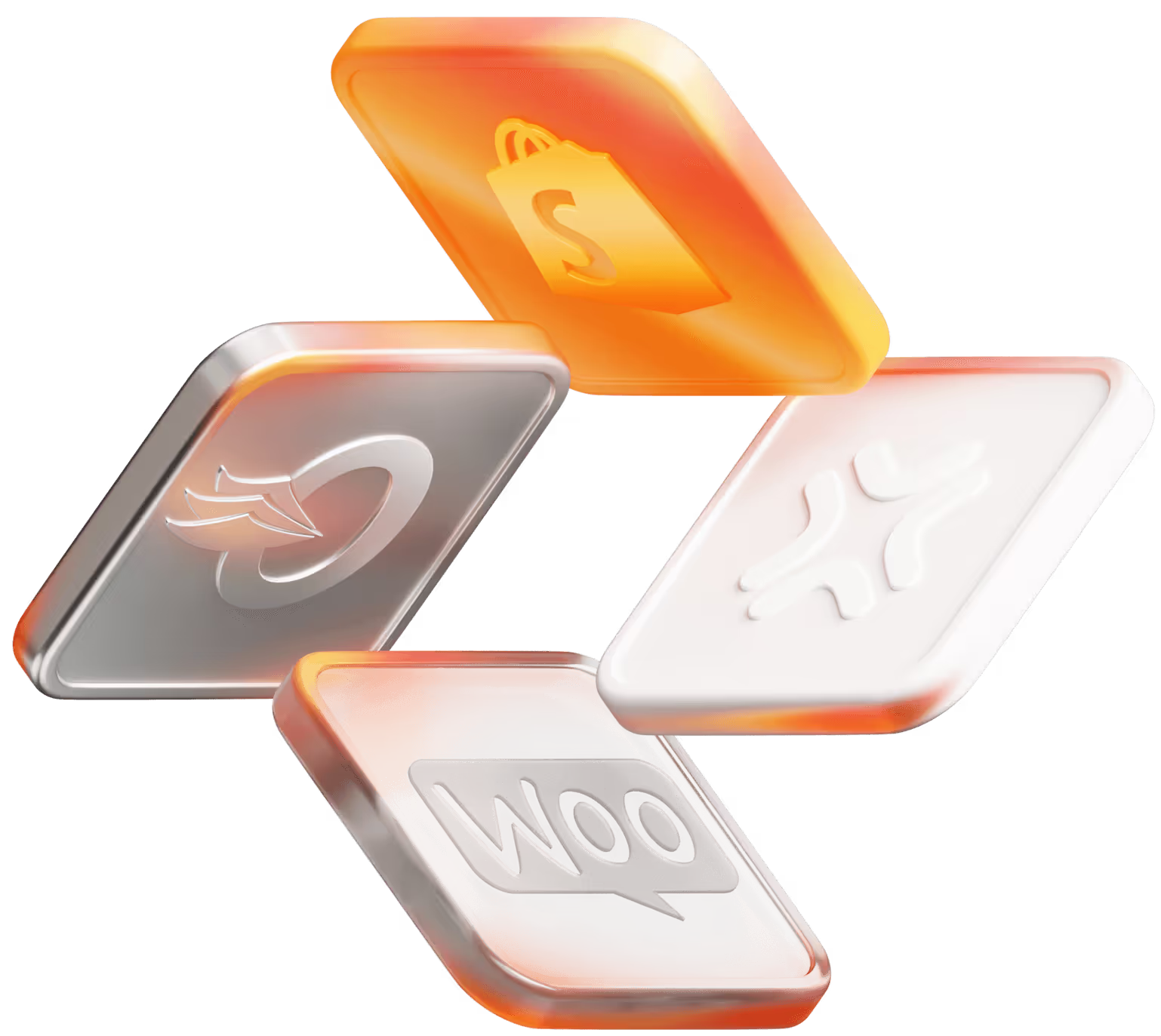







.jpeg)
.png)
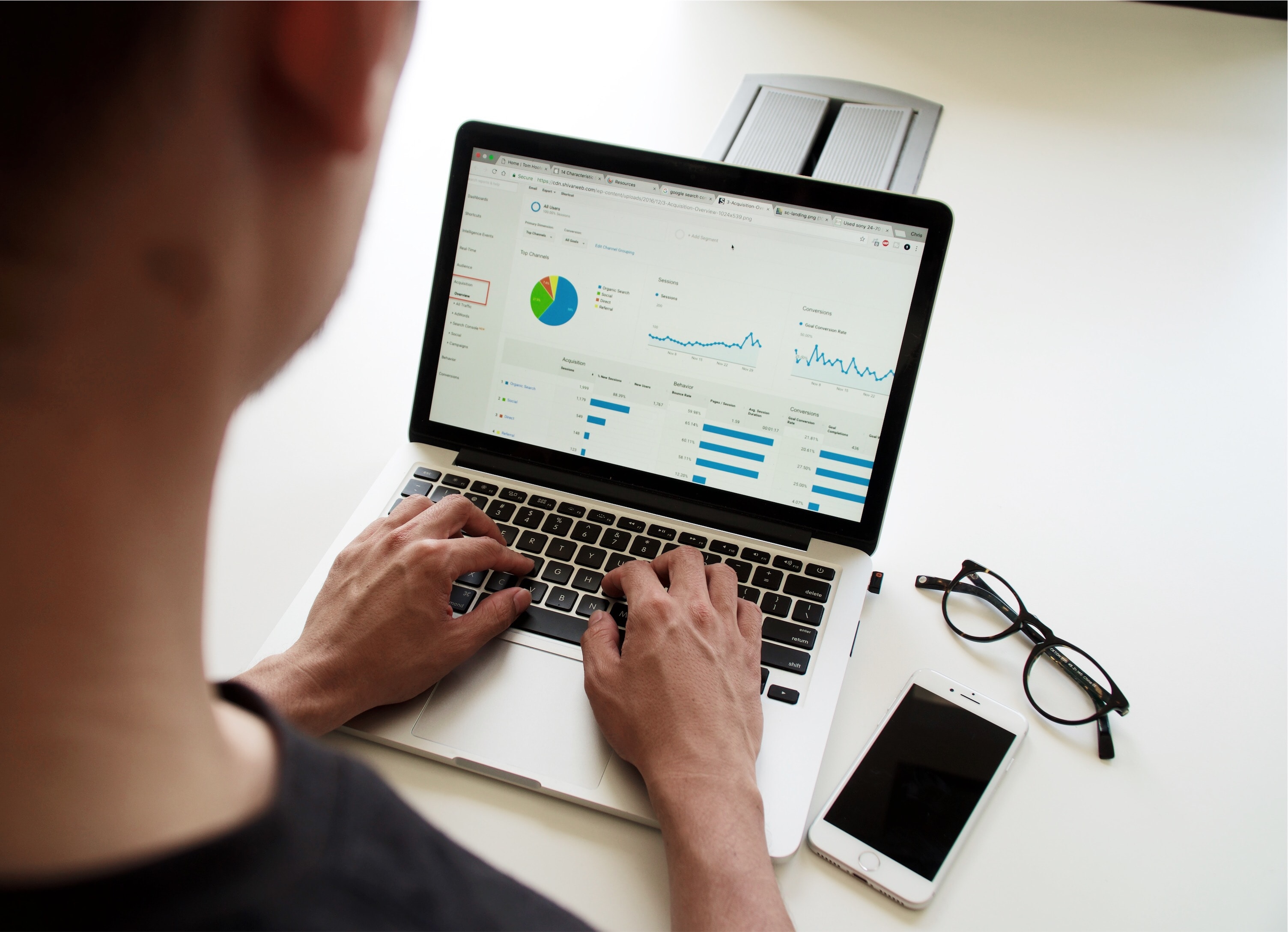
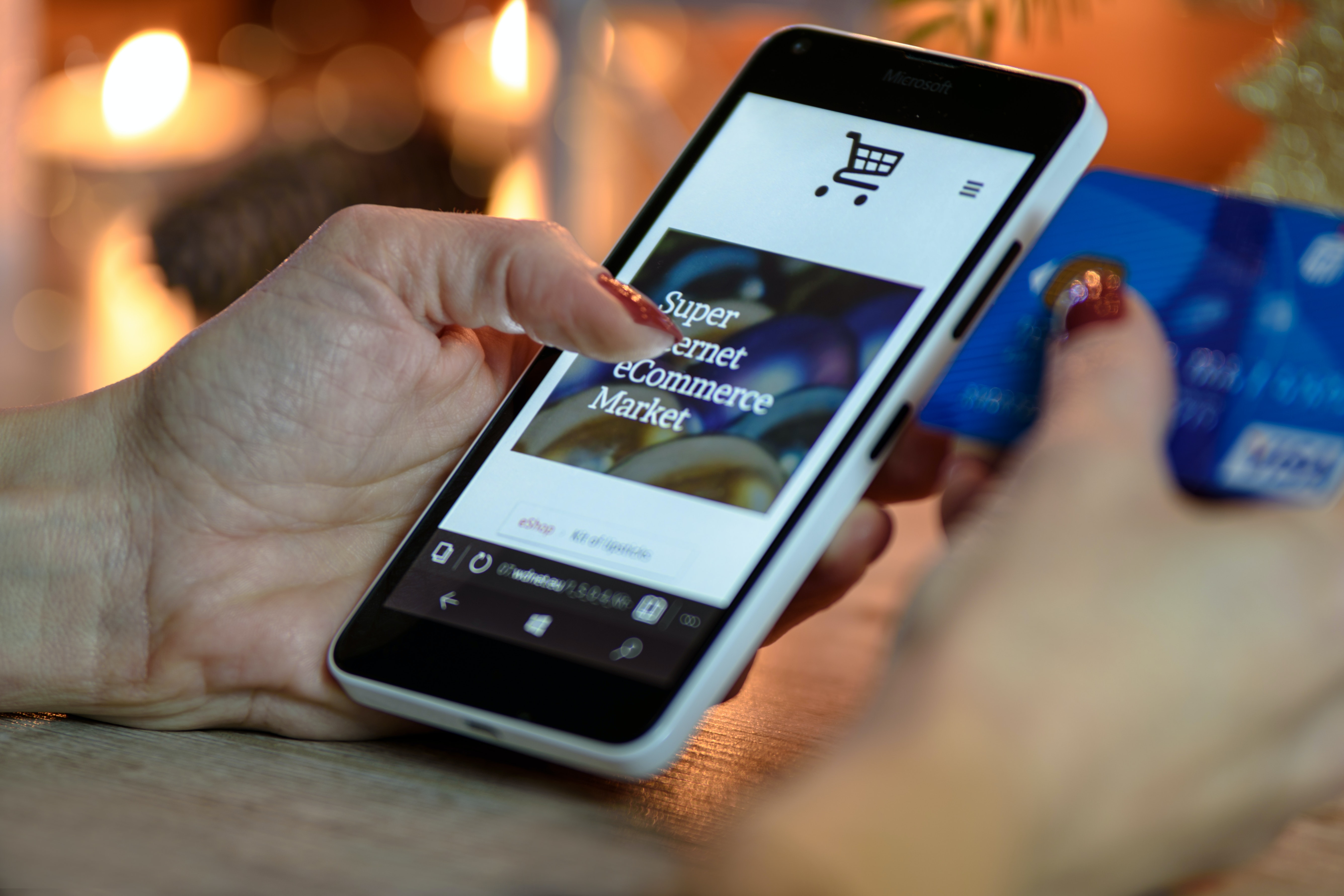
.png)
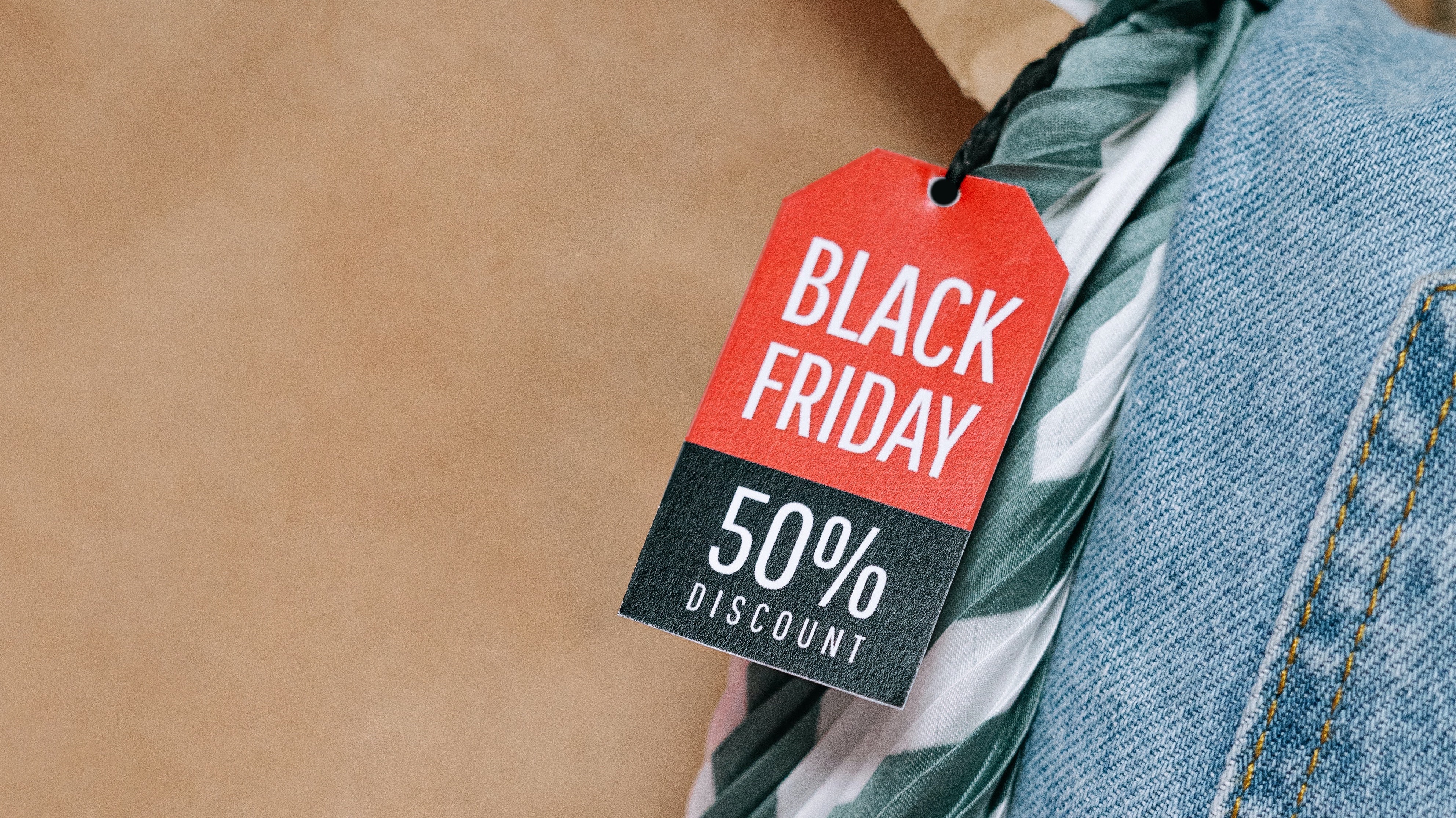
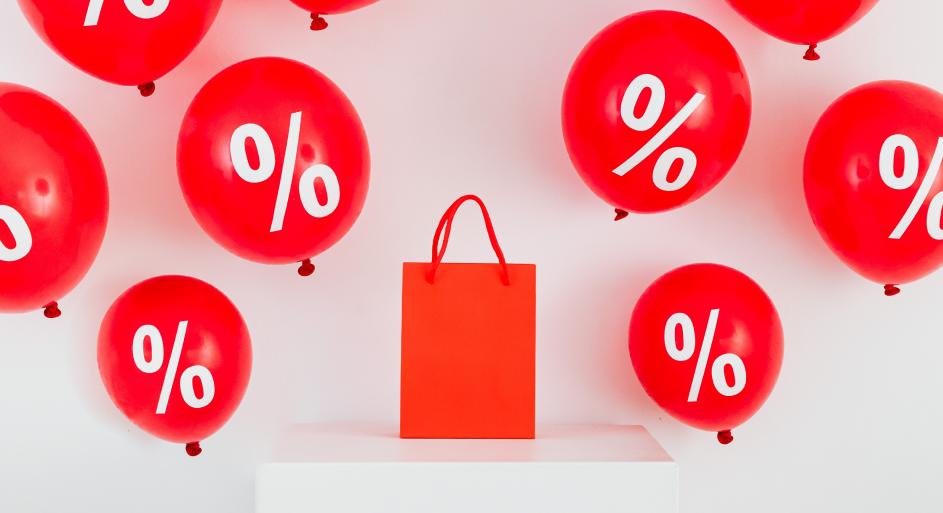
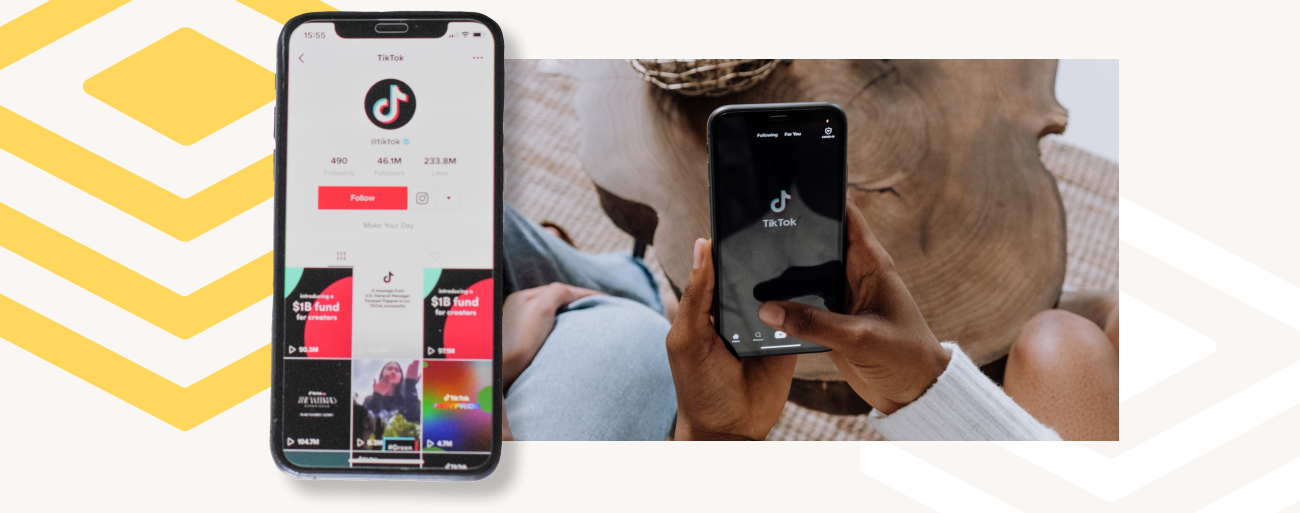
.png)

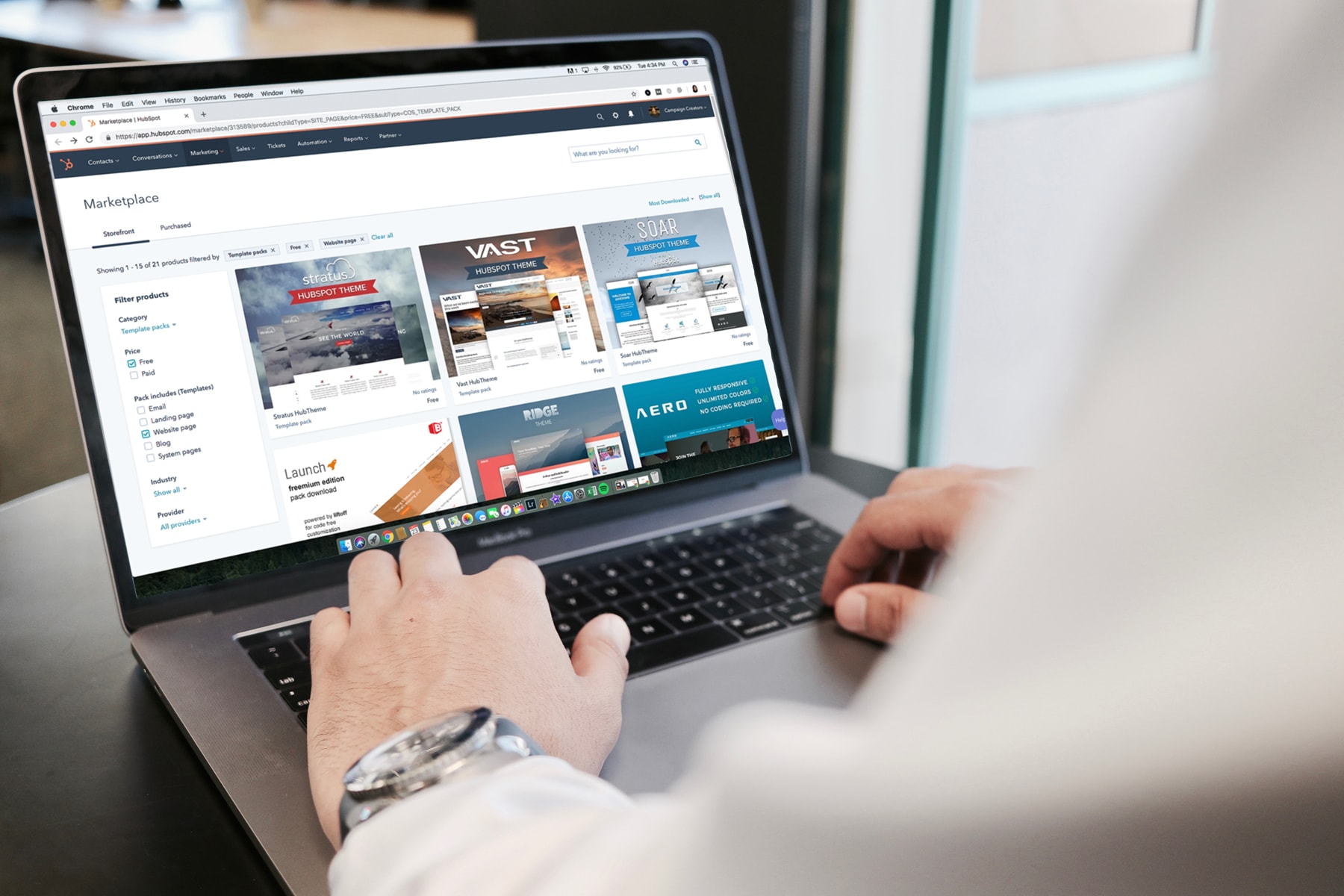

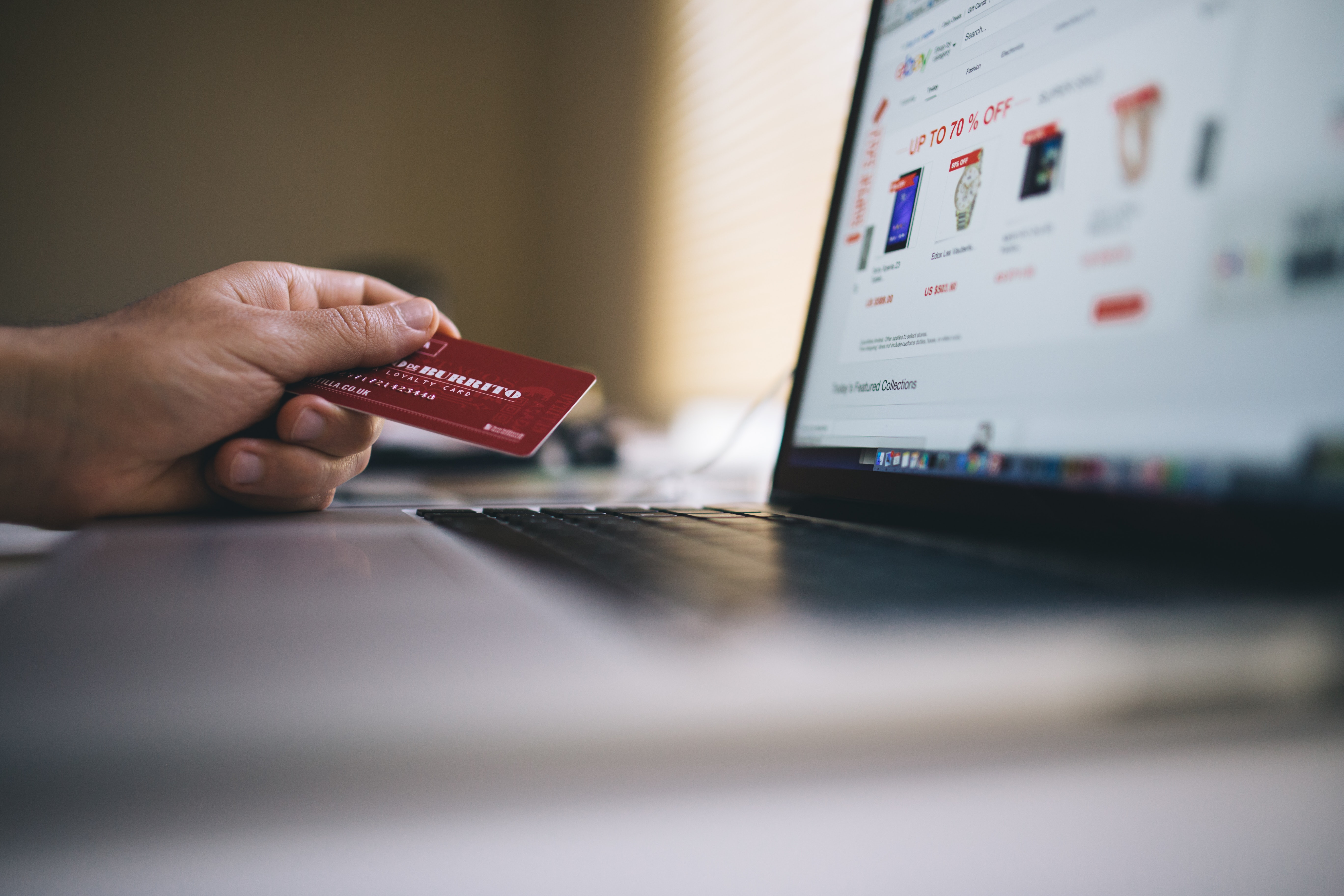

.png)

.png)
.png)

.png)
